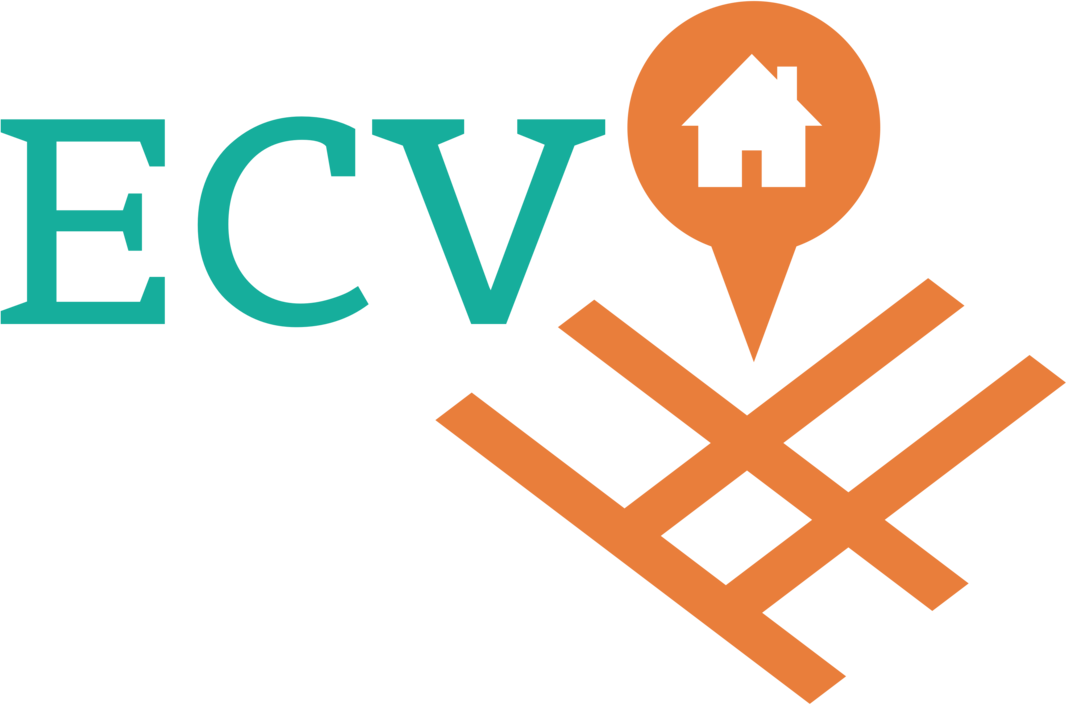Setting Health Goals for Seniors in the New Year
New Year brings a fresh opportunity for everyone including seniors to focus on their health and well–being. Setting health goals is one way for older adults to help them achieve a more active, healthier, and independent lifestyle. The beginning of the new year is the perfect time to reflect on past health habits and make better changes. This blog will explore the importance of setting achievable health goals for seniors, and how they can start their goals.
Goal-Setting Strategies for Seniors
There is a proper way to set goals that makes it more effective. Effective health goal-setting requires thinking, and considering individual abilities, health conditions, and realistic expectations. The SMART framework is a guide that everyone can use when setting goals. It helps us create goals that are according to our needs and capabilities.
Here is the SMART Goal Framework:
S - Specific: Goals should be clear and specific. Instead of a vague aim like "get healthier," a specific goal might be "walk for 30 minutes every day." This clarity helps in letting the person know where to focus and helps them see progress properly.
M - Measurable: It's important to have measurable goals so that progress can be tracked. For example, if a senior currently walks for 15 minutes each day, a measurable goal could be "adding an extra 3 minutes to the daily walk each week." This clear, incremental increase provides a straightforward way to track progress and achieve the target gradually.
A - Achievable: Goals should be realistic and attainable. While it’s good to aim high, setting an achievable goal considering one's physical capabilities and limitations is vital.
Realistic: Goals should be feasible and suited to the individual's health condition and lifestyle. For instance, if maintaining independence is crucial for a senior, a realistic goal could be "performing seated leg exercises three times a week to strengthen leg muscles." This acknowledges the individual's physical limitations while still focusing on enhancing their ability to move independently.
T - Time-bound: Each goal should have a timeline or deadline. This could be short-term like "to walk 30 minutes daily for the next month" or long-term like "to lower blood pressure to a healthy range within six months." Time-bound goals create a sense of urgency and commitment. After the goal’s deadline, you can create a new goal or deadline again.
Every senior has unique health conditions and capabilities. Goals should be tailored to suit these individual needs. For instance, a senior with arthritis might focus on low-impact exercises like swimming or yoga, rather than jogging or high-intensity workouts. It is also important to consider chronic conditions or medications that might impact physical activity or other health goals. Setting achievable goals in line with these considerations ensures safety and effectiveness.
Role of Care Providers in Senior’s Goal-Setting
Caregivers and care providers provide support and guidance in assisting older adults they care for to reach their health and wellness goals. Their encouragement is essential to ensure that the seniors not only set realistic goals but also stay on track to achieve them.
Here are ways care providers can help seniors they care for achieve their goals:
Caregivers can work together with seniors to set achievable goals that are aligned with their health needs.
Once the goals are set, caregivers help in creating a structured plan to achieve them. This could involve setting schedules for activities, reminding them about medication, or arranging appointments with healthcare providers.
Offer regular encouragement and positive reinforcement. Celebrate even the small achievements to keep the senior motivated.
Identify any barriers to achieving goals and work together to find solutions. This might include adjusting goals, finding alternative activities, or addressing emotional challenges.
Keep a record of the senior’s progress toward their goals.
Provide constructive feedback and make necessary adjustments to the goals or plans based on the senior’s progress and feedback.
Always prioritize the senior’s safety, especially during physical activities. Ensure that any exercise or activity is performed under safe conditions to prevent injuries.
Help seniors connect with community resources such as senior exercise classes, nutritionists, or support groups that can further aid in achieving their goals.
Share information and resources that can help seniors understand the importance of their goals and how to achieve them.
Caregivers are more than just assistants, they play a vital role in helping seniors achieve their health goals. They are a friend, a care provider, and a motivator.
Recommended Health Goals for Seniors
If you are an adult and don’t know where to start or what goals to make this year, that is totally okay! We are here to help you by giving you suggestions on what kind of goals you can make this year.
Physical Fitness Goals
Regular Exercise Routines: Encourage seniors to engage in regular physical activities tailored to their ability, such as walking, gentle yoga, or swimming. Aim for at least 30 minutes of moderate exercise most days of the week.
Mobility and Balance Enhancement: Focus on exercises that enhance flexibility, mobility, and balance. Activities like tai chi, chair exercises, or simple stretching routines can help reduce the risk of falls and improve overall mobility.
Nutritional Goals
Balanced Diet Plans: A balanced diet rich in fruits, vegetables, lean proteins, whole grains, and low-fat dairy can provide essential nutrients. Tailor dietary plans to any specific health conditions, like diabetes or heart disease.
Hydration and Nutrient Intake: Ensure adequate hydration, aiming for about 8 glasses of water a day, and monitor for proper intake of key nutrients, particularly calcium, vitamin D, and fiber.
Mental Health Goals
Cognitive Exercises: Engage in activities that stimulate the mind, such as puzzles, reading, or learning new skills. Regular cognitive exercises can help keep the brain sharp and potentially slow the progression of memory-related conditions.
Social Engagement Activities: Encourage participation in social activities, whether it’s joining clubs, attending community events, or simply staying in touch with friends and family. Social interaction is crucial for mental health and combating loneliness and depression.
Preventative Health Goals
Regular Medical Check-ups: Schedule and keep regular appointments with healthcare providers. Routine check-ups are essential for monitoring health status and managing any chronic conditions.
Medication Management: Proper management of medications is critical. This includes understanding the purpose of each medication, taking them as prescribed, and being aware of potential side effects.
These health goals are good areas for seniors to focus on this year to maintain better health and independence. Seniors can set more than one goal at a time, just make sure that they are all realistic and can be done without exhausting them.
Final Thoughts
The new year is a wonderful time for seniors to set new health goals that can lead to a healthier and more fulfilling lifestyle. Caregivers and care providers play an important role in this process, they offer support, motivation, and assistance every step of the way.
Here's to achieving wellness and independence in the New Year!
Check out our Care blog section to read more blogs like this

